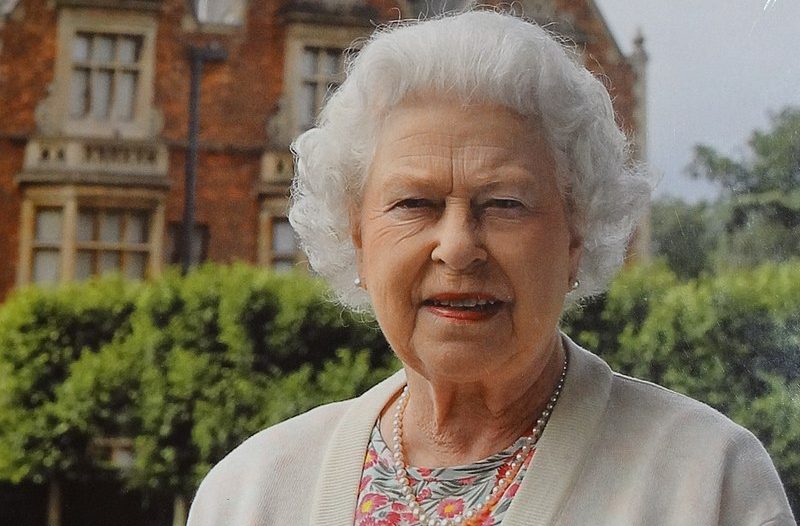In February of 1952 Queen Elizabeth II became the queen of the United Kingdom and the Commonwealth.
Her platinum jubilee, in June of 2022, marks the official public celebration of her 70 year long reign.
Elizabeth II is one of history’s longest reigning rulers, however, she does not have the longest reign of all time.
Several other rulers have had reigns which have rivalled, or even exceeded, her 70 years.
Here are a few of their stories…
Louis XIV
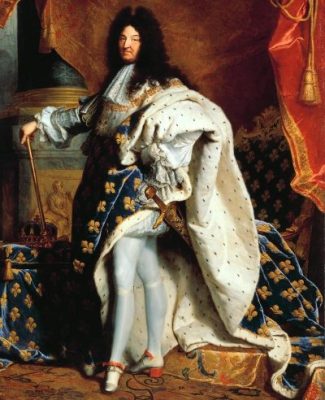
Louis XIV ruled France from May 1643 to September 1715, a reign of 72 years. He is the longest reigning ruler of a sovereign state in history.
Louis assumed the throne at only 5 years old, after the death of his father Louis XIII.
His mother Anne of Austria acted as his regent, until he came of age, assisted by Cardinal Jules Mazarin, a priest who was deeply distrusted by much of the French nobility due to his Italian origins.
The early years of Louis’ reign were marked by a series of civil wars known as ‘the Fronde’. The young king was opposed by many scheming factions, most notably one led by his uncle Gaston D’Orleans.
The Fronde traumatised the young king and he was forced to flee Paris, a city which he came to associate with violence.
Due to his distaste for his capital, after the Fronde was won, Louis adopted a nomadic court travelling from city to city.
He settled down in the palace of Versailles, which he constructed over a hunting lodge built by Louis XIII.
Louis was called the ‘Sun King’, he believed he was the center of his realm, like the sun is the center of the solar system.
Amrogio Caiani, a professor of French history at the University of Kent, describes the unique nature of Louis XIV’s Versailles.
Caiani stated: “The king, through the creation of Versailles imprisoned the nobility and kept them captive to him, constantly seeking favours. I think that could be reversed in some way and that the king was kept captive in Versailles in this institutional court, where he was constantly solicited for favours.”
For his part, Louis XIV famously quipped: “For every person whose request I satisfy, I make 99 other enemies.”
Bhumibol Adulyadej
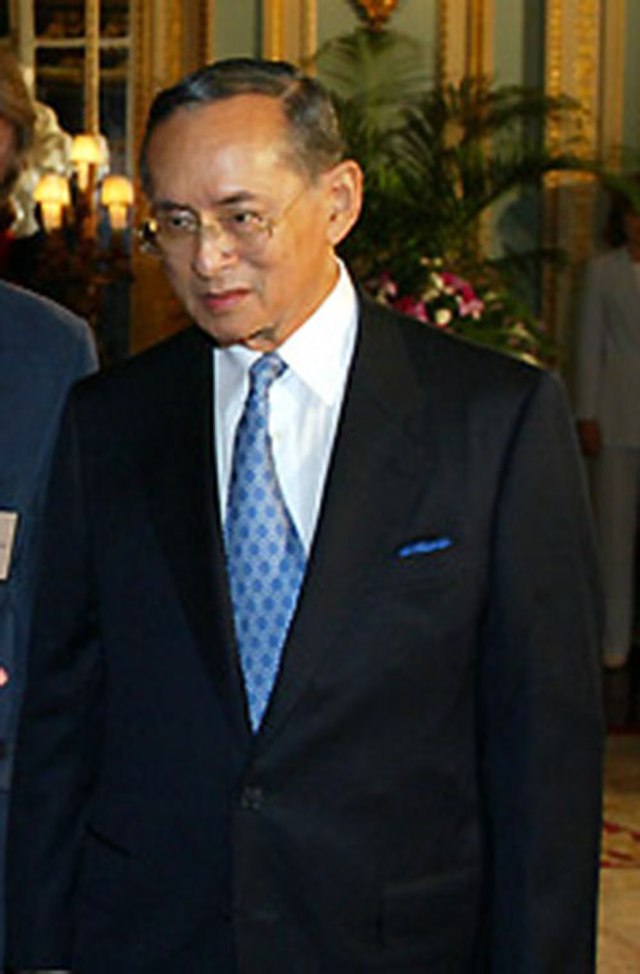
Bhumibol Adulyadej, sometimes called ‘Rama IX’, was Thailand’s king for 70 years from June 1946 to October 2016.
King Adulyadej’s reign is a handful of days longer than the Queen’s, as of her platinum jubilee.
Born in Cambridge, Massachusetts in the United States in December 1927, Bhumibol Adulyadej first came to Thailand in 1928. He became king in 1946 after the death of the previous ruler, his elder brother, Ananda Mahidol or ‘Rama VIII’.
The king was a devout Buddhist and a fan of jazz and photography.
The two most famous English language biographies of King Adulyadej paint very different pictures of him.
William Stevenson’s 1999 book, The Revolutionary King, was written at the behest of King Adulyadej. Stevenson was granted exclusive interviews with the king and access to the royal palace. The book paints a very positive picture of King Adulyadej and his reign.
In contrast, Paul Handley’s 2006 biopic, The King Never Smiles, portrays King Adulyadej as a scheming autocrat.
The blurb of the book describes king Adulyadej as: “An anti-democratic monarch who, together with allies in big business and the corrupt Thai military, protected a centuries-old barely modified feudal dynasty.”
Handley even directly criticises Stevenson’s book in his own.
He writes: “Stevenson was liberal with style and carless with factors to the point of embarrassing the palace.”
Stevenson, meanwhile, dismisses Handley’s book as a: “gossipy, unfair account.”
Both books are banned in Thailand. The King Never Smiles due to its deeply negative portrayal of king Adulyadej and The Revolutionary King due to concerns over its accuracy.
King Adulyadej is still deeply respected in Thailand today.
Johann II of Liechtenstein
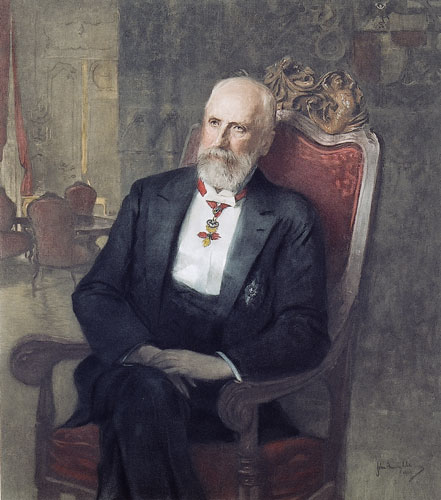
The principality of Liechtenstein is a German speaking microstate located in the Alps, it is only 25km in length.
The most famous ruler, or ‘prince’, of Liechtenstein was Johann II who reigned for 70 years from November 1858 until February 1929. This makes his reign slightly shorter than the Queen’s.
Johann became prince at the age of 18 and ruled until he was 88.
His motto, was: “Non loquimur magna, sed vivimus.” This can be translated from Latin as: “Don’t talk big, but live big.”
He gave the country its first constitution and produced an updated copy of the document in 1921.
Johann’s reign covered several significant world events, including the formation of Germany in 1871 and the first world war, in which Liechtenstein remained neutral.
Johann was a patron of the arts, and frequently made charitable donations.
Dr Arthur Stöggman is the archivist of the princely family of Liechtenstein.
Stöggman has compiled a collection of the prince’s most notable quotes.
On the subject of charity, Stöggman claims that Johann said: “What kind of prince am I if I can’t give? I don’t want to live if I can’t give.”
Similarly, when it was pointed out to the prince that the restoration of a palace would cost millions, he said: “Well, that’s very sad, but the work should commence, because the artists and craftsmen must also earn something in these difficult times.”
Kʼinich Janaab Pakal
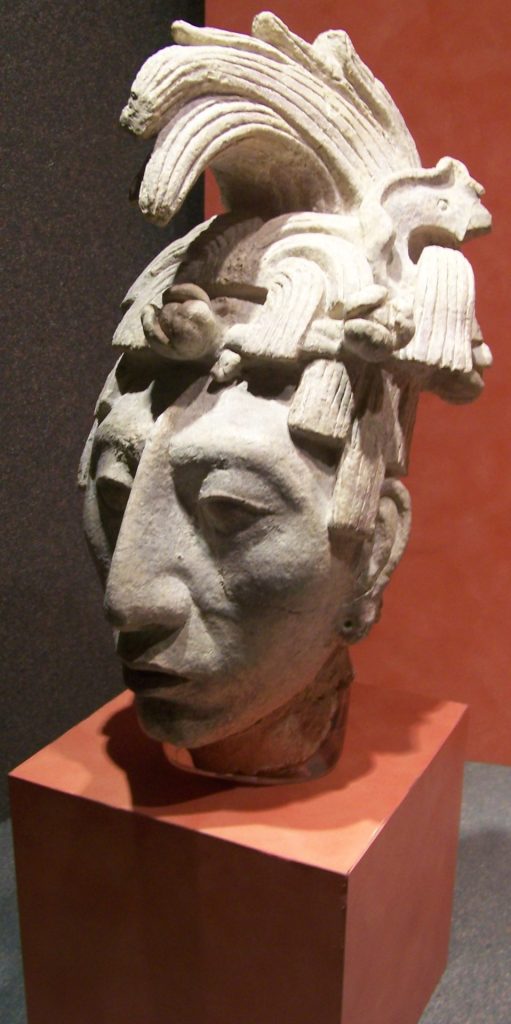
Kʼinich Janaab Pakal was a Maya king who reigned for 68 years from, approximately, July 615 until August 683.
Pakal’s kingdom is called ‘Palenque’ by contemporary scholars, but would have been called ‘Lakamha’ meaning ‘the great waters’ at the time.
The meaning of his name is ambiguous. K’inich means ‘sun’, and refers to a Maya sun deity, Pakal means ‘shield’, but there is no definitive translation for Janaab.
Pakal ensured that this victory was depicted on many murals, ensuring that he earned a reputation as a warrior king.
Pakal was a builder of monuments and a commissioner of historic texts.
There is a 160 year gap where no written records are available in the period prior to Pakal’s reign. Our knowledge of this era comes from documents written during Pakal’s lifetime.
“Geoffrey Braswell, an anthropology professor with the university of California San Diego, stated that Maya kingship was based upon 3 foundational principles.1. Military prowess 2. The ability to perform ritual ceremonies, which were believed to bring good harvests and demonstrate a connection to the gods. 3. Presenting one’s rule as legitimate by linking oneself to the rulers of the past.
Pakal excelled at all of these tasks. Prior to Pakal’s reign Kalakmul, a powerful ancient Maya realm known as ‘the snake head kingdom’, won a significant victory against Palenque and destroyed many of their monuments.
Although Pakal never won a battle against Kalakmul, he defeated a smaller regional power who may have been allied with the snake head kingdom.”
When asked to summarise Kʼinich Janaab Pakal’s reign in a single sentence, Braswell stated: “Unlikely boy, becomes king, cements a kingdom through warfare, the greatest sponsor of art and of writing of the classic Maya world.”
Conclusion
As of the Platinum Jubilee, the Queen is the 3rd longest reigning monarch in history. She ranks just behind Bhumibol Adulyadej, but just ahead of Johan II. At 96 years old, however, she is the longest lived of any of these rulers.
